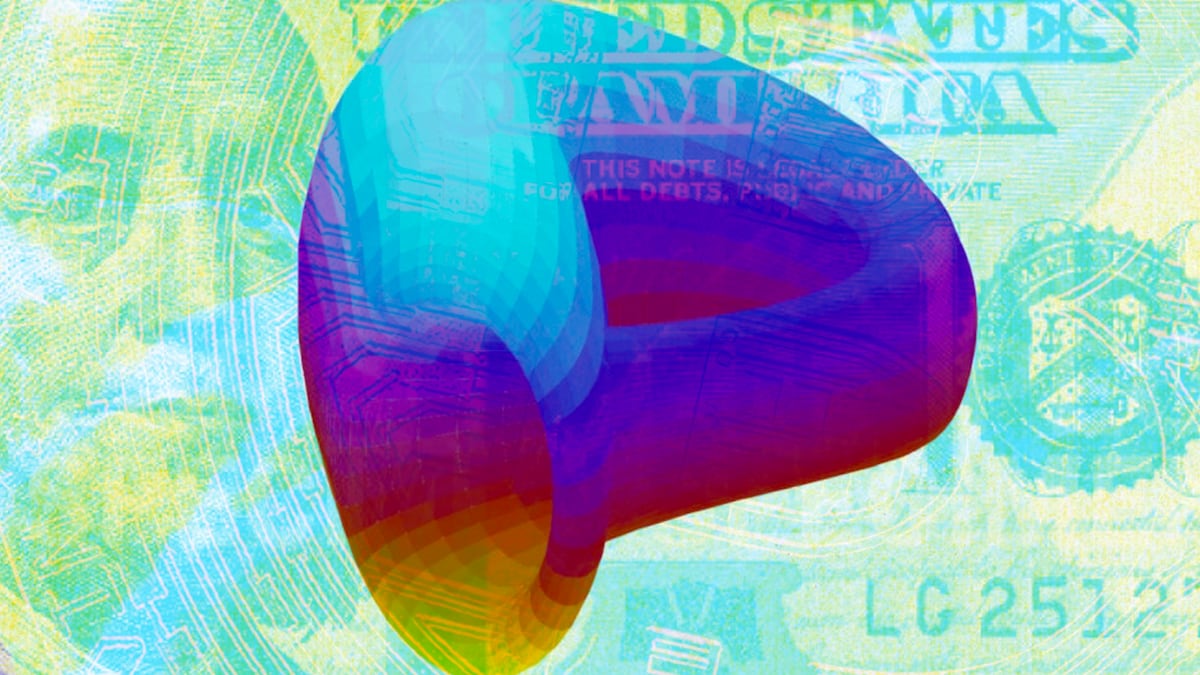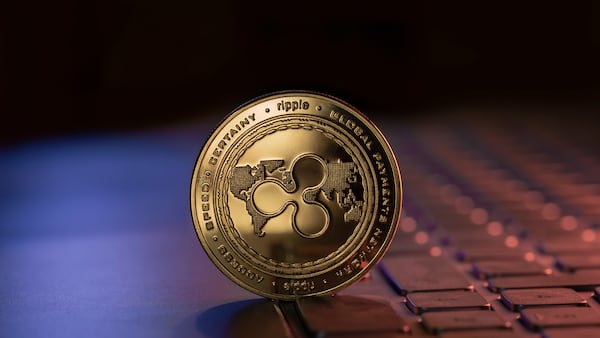Curve Finance, the biggest decentralised exchange in DeFi, forges ahead with its newest launch: a decentralised stablecoin designed to offer an alternative to the centrally-controlled market leaders such as Tether’s USDT and Circle’s USDC.
Curve’s new stablecoin, called crvUSD, works similarly to Maker’s DAI, but introduces a new way to handle insolvent positions which should help reduce volatility in the crypto market.
“It’s a pretty novel model, so I think we need to proceed carefully,” Michael Egorov, founder of Curve Finance, told DL News.
NOW READ: Wintermute hacker turns $160m heist into top liquidity position on Curve Finance
Curve first deployed the code for the new stablecoin on Ethereum on May 3. However, it held off on the full launch to iron out bugs within the protocol.
It turned out such caution was not unwarranted. Curve had to redeploy three times in the leadup to the full launch after users discovered bugs. “Of course it is well tested and audited, but nothing can replace battle-testing,” Egorov said.
Alternative to Maker’s DAI?
On Wednesday, Curve launched a frontend for crvUSD, letting users easily deposit collateral and mint the new stablecoin at the click of a button.
Curve is an unchangeable protocol deployed on the Ethereum blockchain which lets users trustlessly trade crypto tokens with each other. It’s an automated market maker — DeFi’s alternative to order books.
Supported by other pieces of code like liquidity pools, which are smart contracts holding deposits, AMMs help facilitate token trades by rebalancing the price as sell and buy orders change the token supply within the liquidity pools. Curve specialises in swaps of like-assets — such as stablecoins and different versions of wrapped tokens — providing efficient trading between them.
“Curve was built for stablecoins, so it’s huge that the largest, battle-tested [automated market maker] introduces a stablecoin,” Julien Bouteloup, a Curve contributor, told DL News.
NOW READ: Merlin’s $1.8m heist highlights role of code auditor CertiK: ‘This should have been captured’
CrvUSD, uses a similar mechanism to the Maker protocol and its DAI stablecoin. Users can lock up volatile assets like Ether as collateral to mint dollar-pegged crvUSD tokens equal to a portion of the collateral’s value. In the world of traditional finance, stablecoins like crvUSD and DAI are similar to collateralised debt positions — or CDPs.
Under Maker’s model, if the value of a user’s collateral drops below a predetermined threshold, the protocol enables third parties to liquidate the user’s position to ensure it doesn’t lose money.
Lending-Liquidating AMM Algorithm
One of the main ways Curve’s new stablecoin differs from DAI is in what Egorov calls the Lending-Liquidating AMM Algorithm — or LLAMMA — in his whitepaper outlining the stablecoin.
Under the LLAMMA model, instead of liquidating a user’s collateral all at once when a certain level is reached, the protocol will gradually convert collateral over time.
Additionally, if the prices of users’ collateral assets start to recover, reducing the danger of the protocol losing money, it will automatically start to buy back the collateral it sold.
According to the crvUSD whitepaper, LLAMMA should help reduce losses for users who face liquidation and stop large chunks of collateral hitting the market all at once, decreasing volatility.
“LLAMMA is built to handle liquidations during wild price swings without big collateral losses,” Bouteloup said. “[It’s] not great for liquidators like me but awesome for retail users, avoiding cascade liquidation drama.”
Scalability challenge
Currently, users can only deposit Ether staked through DeFi protocol Frax Finance — sfrxETH — to mint crvUSD. But Curve will need to introduce more collateral assets in the future if it wants to scale.
“A major challenge is scalability,” Will Sheehan, founder of DeFi analytics platform Parsec, told DL News. Sheehan said that by initiating sfrxETH as collateral, Curve is focusing on Ether LSDs, or liquid staking derivatives, but questioned the approach in the long term.
“How far can that get them compared to more liquid and pooled models like Aave that already have the major [LSDs] integrated?” Sheehan said.
Indeed, Aave, currently the biggest lending protocol on Ethereum, has already enabled major Ether LSDs — such as Lido staked Ether and Rocket Pool staked Ether — as collateral for loans. Aave also has plans to launch its own stablecoin, but is yet to set a date for the launch.
NOW READ: DeFi insurer Sherlock teeters on the edge after reserves fall 90%
Currently, the biggest debate surrounding crvUSD is what other assets, besides sfrxETH, its developers will enable as collateral.
“One of the more significant challenges that crvUSD will face in its adoption is supporting the right collateral types,” bb8, a pseudonymous team member at Curve ecosystem protocol Conic Finance, told DL News.
“By determining how crvUSD is minted, these parameters will shape the growth of crvUSD liquidity and adoption,” bb8 said.
But for Egorov and the other Curve developers, exercising caution is the most important thing. He said Curve is limiting collateral types and market sizes initially as part of its careful approach.
Even with a guarded launch and competitors like Aave biting at Curve’s heels, Egorov is optimistic.
“I think it has great adoption prospects,” he said.
Disclaimer: The two co-founders of DL News were previously core contributors to the Curve protocol.
Correction: This article has been corrected to say that “the protocol enables third parties to liquidate the user’s position” rather than “the protocol’s code is programmed to automatically liquidate the user’s position.”





